
Question and Answers Forum
Question Number 181232 by mr W last updated on 23/Nov/22

Commented by mr W last updated on 23/Nov/22
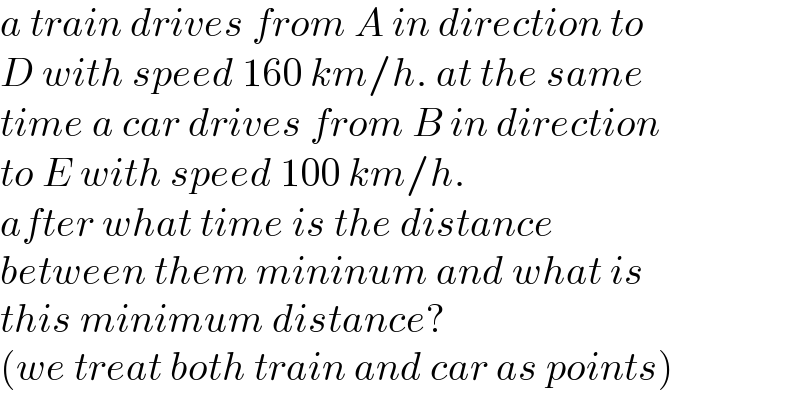
Answered by mahdipoor last updated on 23/Nov/22
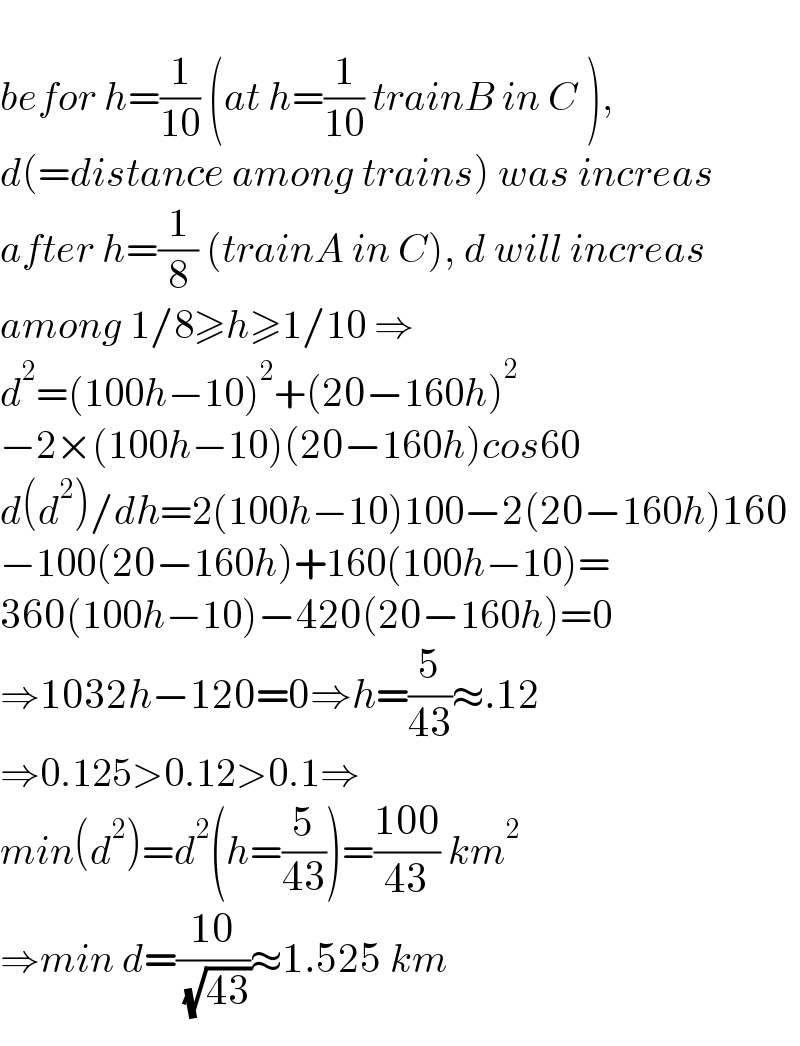
Commented by mr W last updated on 23/Nov/22

Commented by mahdipoor last updated on 23/Nov/22

Answered by mr W last updated on 23/Nov/22

Commented by mr W last updated on 23/Nov/22
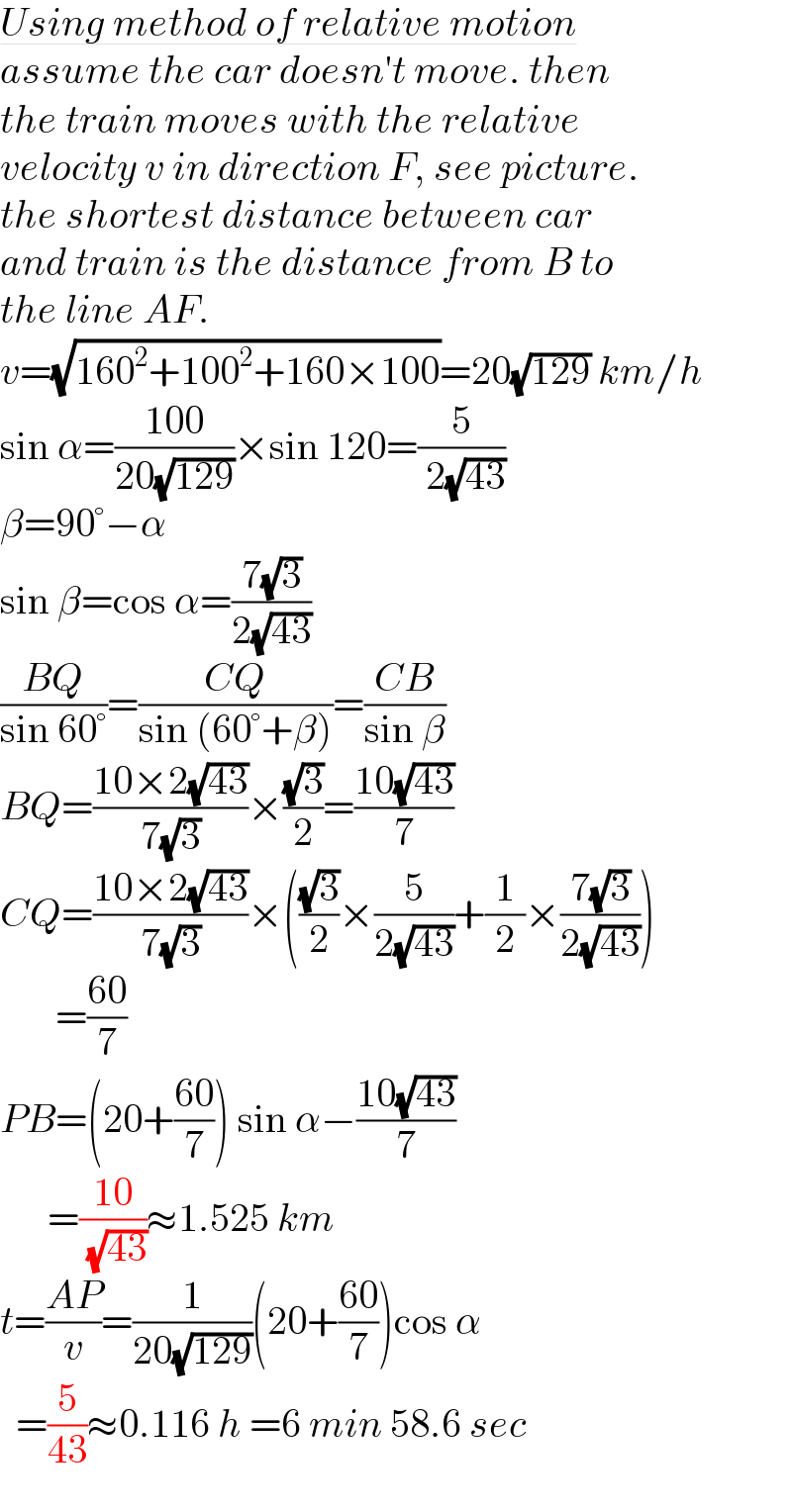
Commented by Acem last updated on 23/Nov/22

Commented by Acem last updated on 23/Nov/22
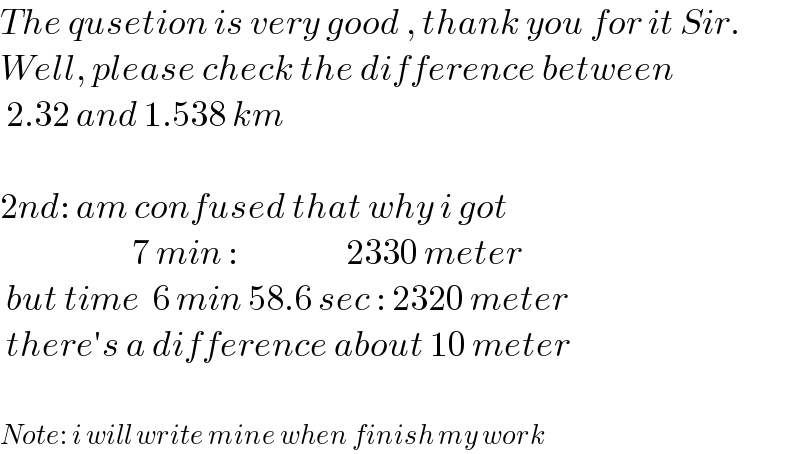
Commented by mr W last updated on 23/Nov/22

Answered by mr W last updated on 23/Nov/22

Commented by mr W last updated on 23/Nov/22
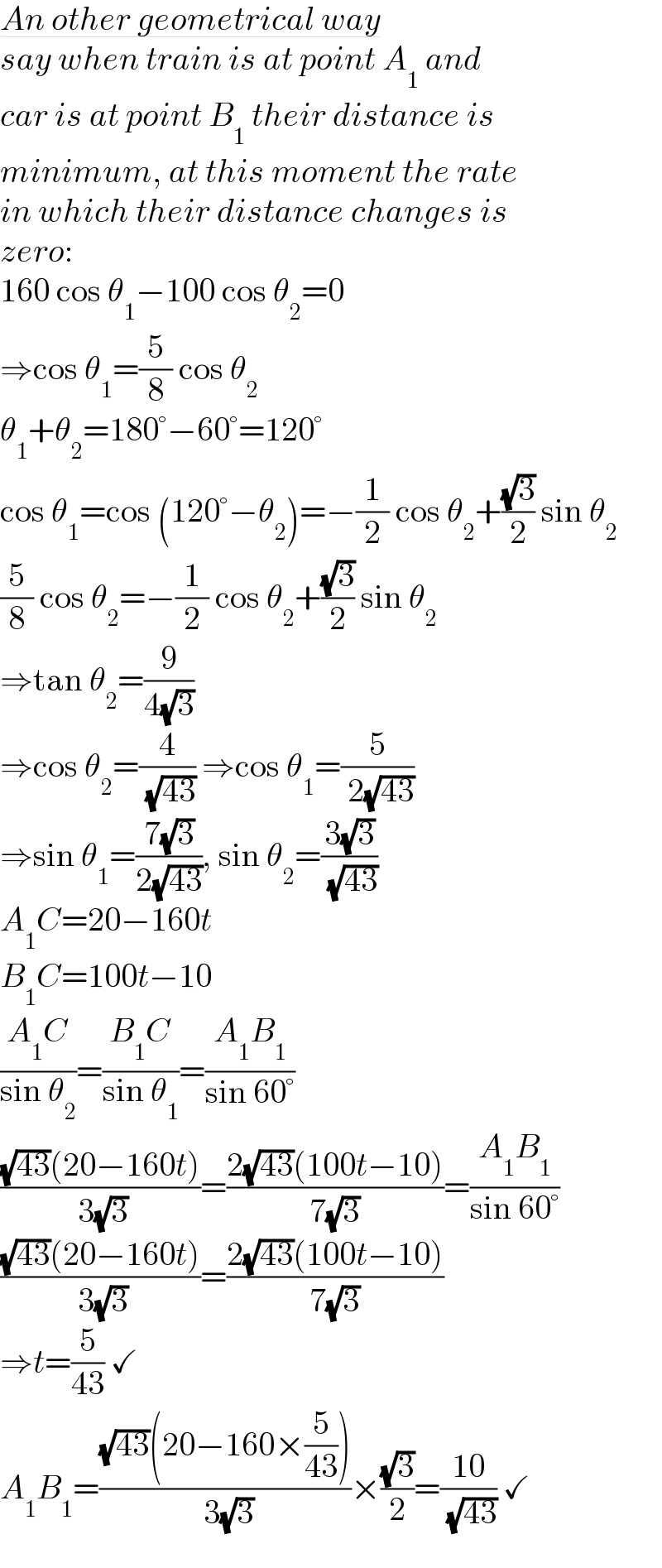
Commented by Acem last updated on 23/Nov/22

Commented by mr W last updated on 23/Nov/22

Commented by Acem last updated on 23/Nov/22

